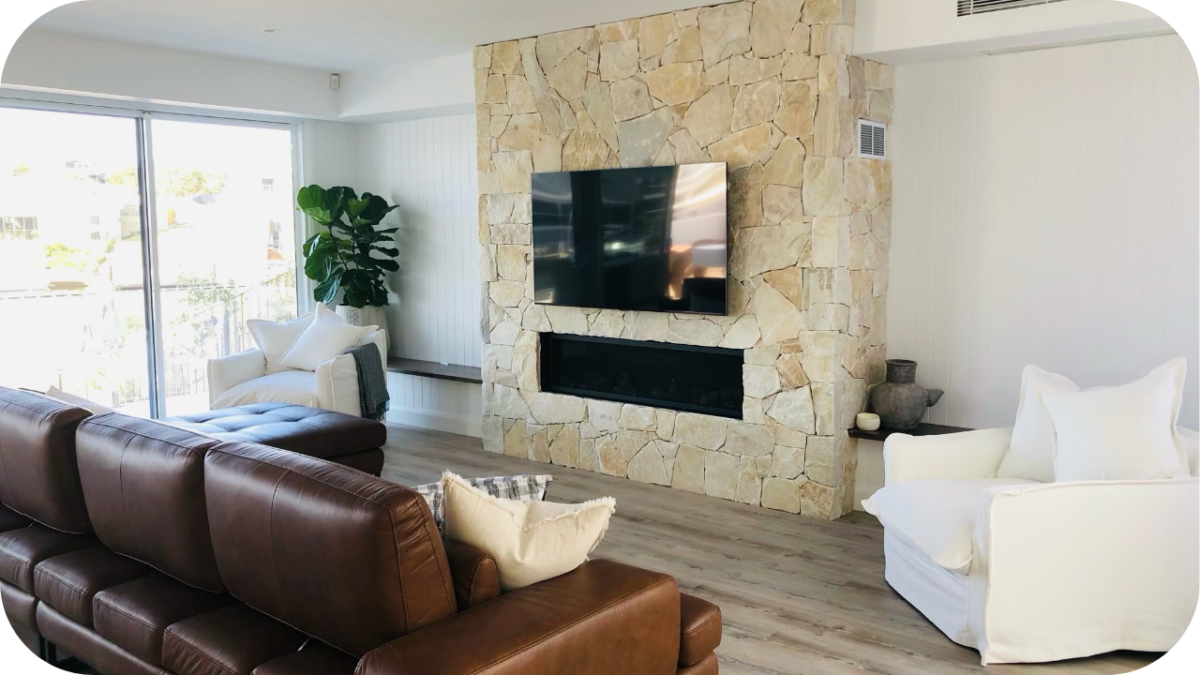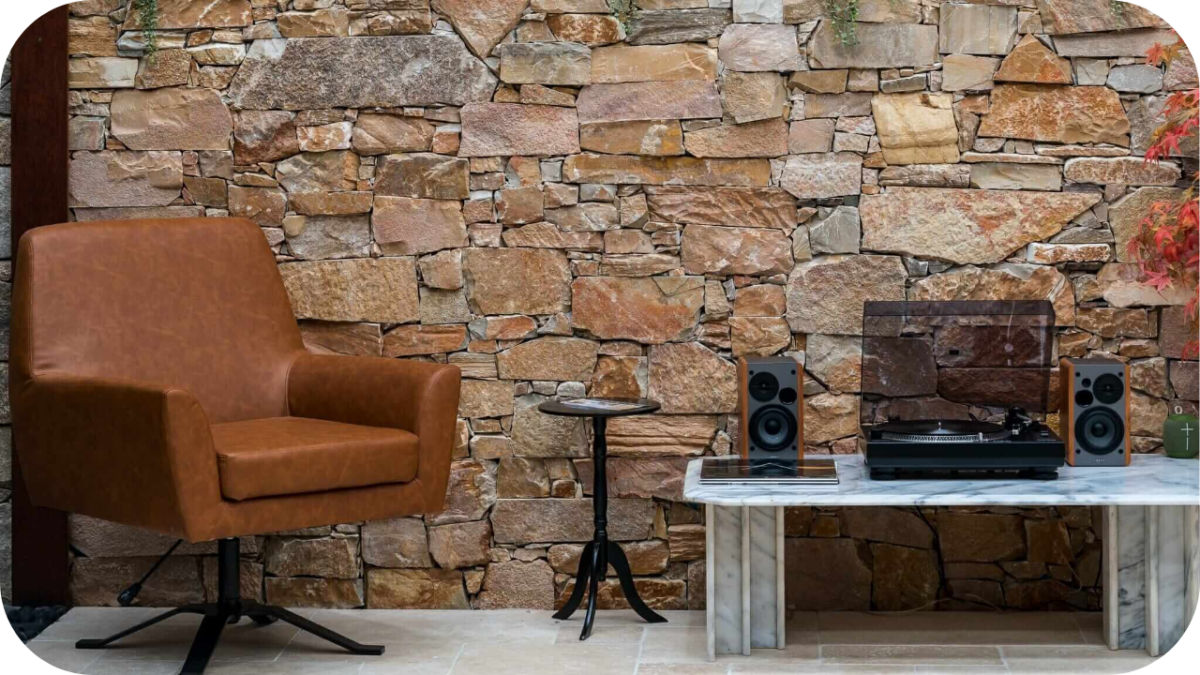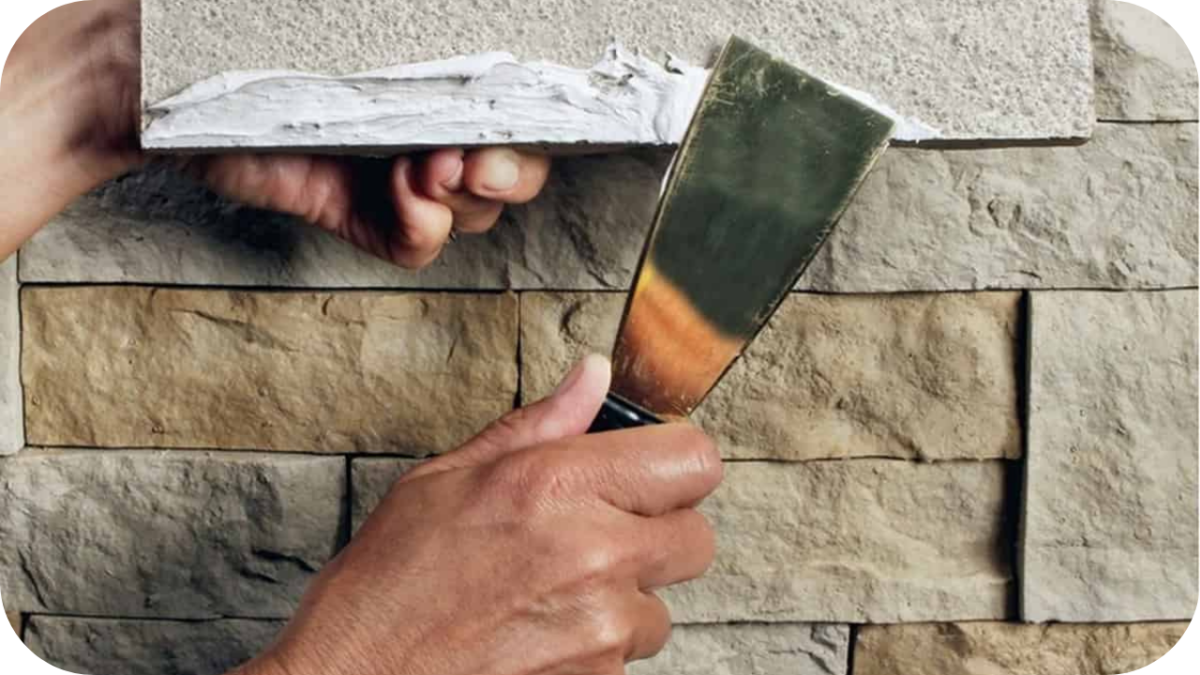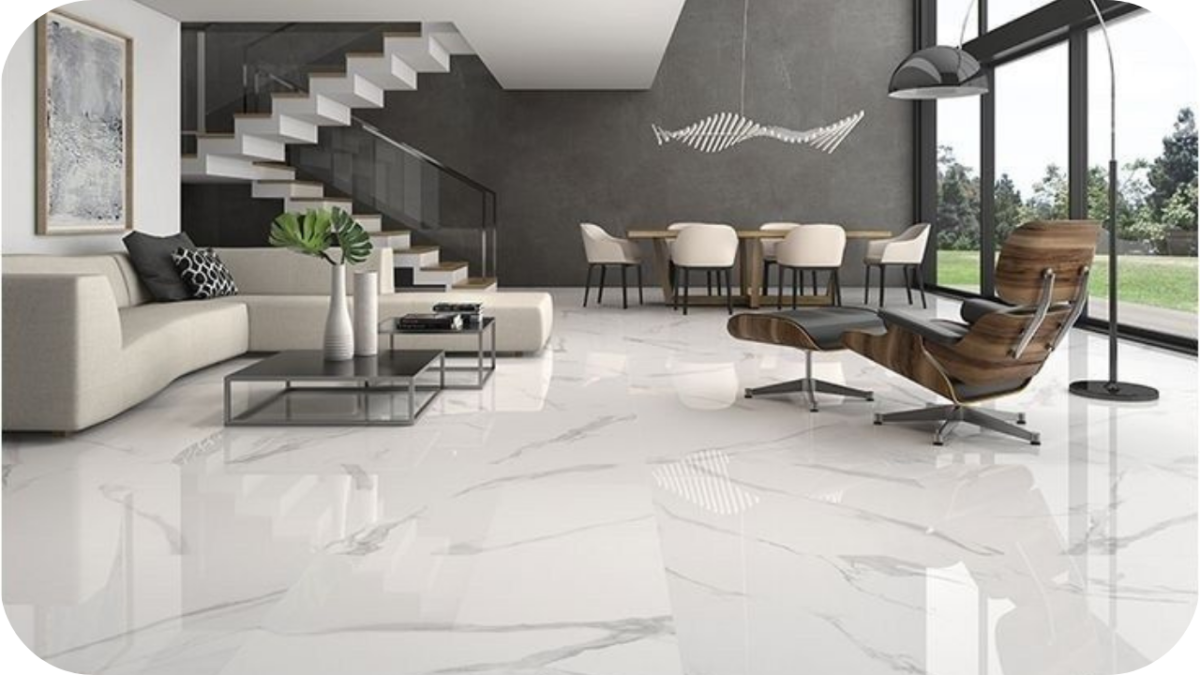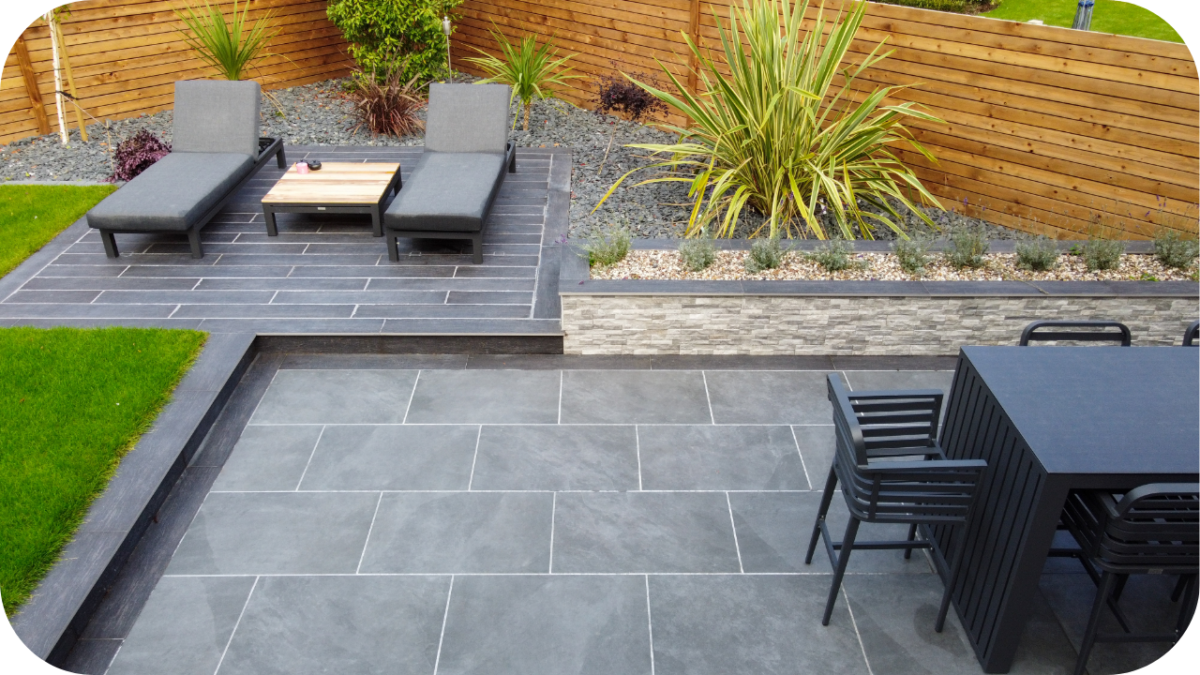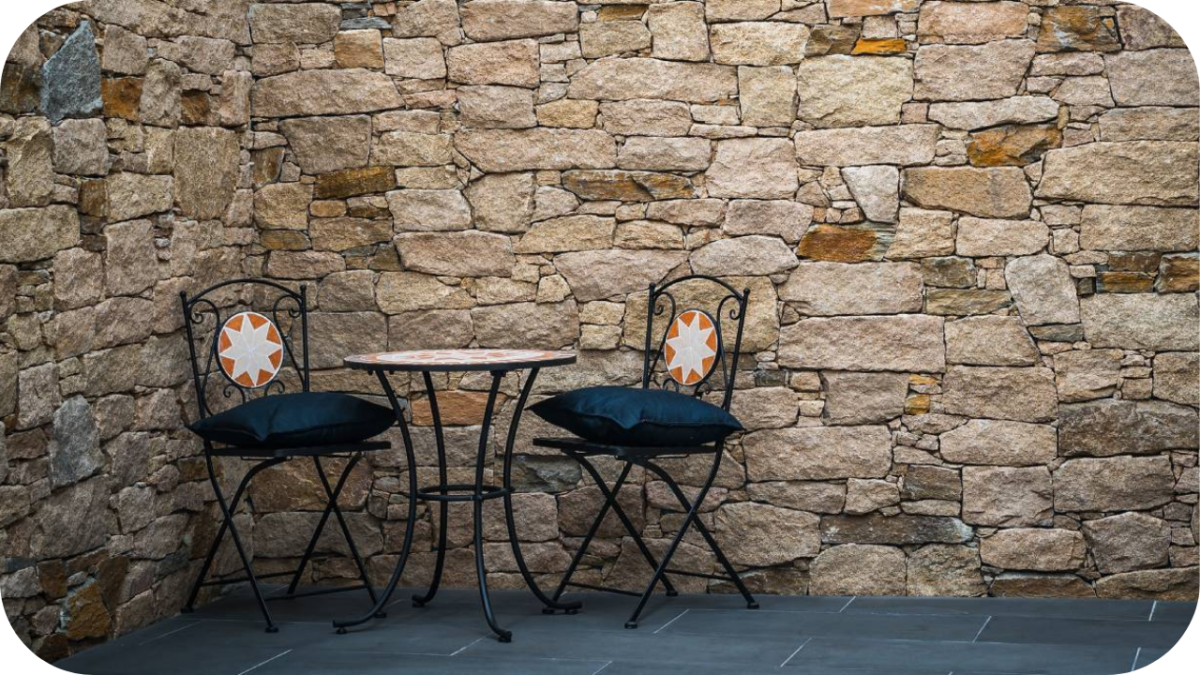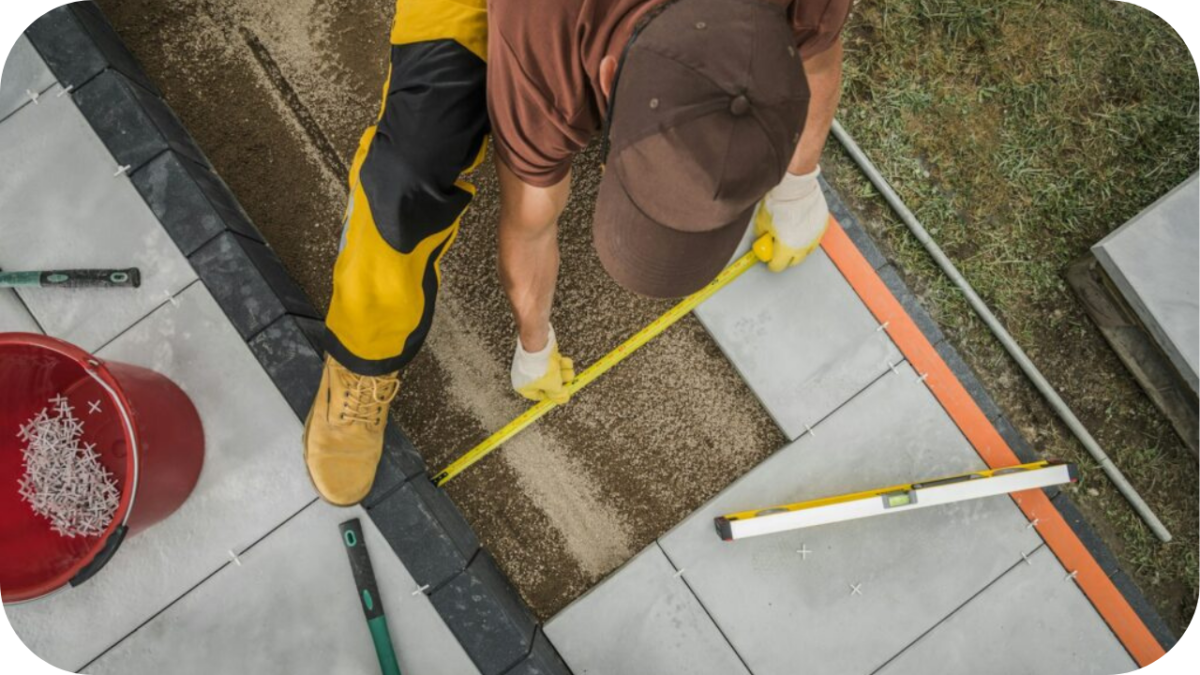Is Beachport Quartz Available in Large Slabs?
In contemporary architecture, the size of a stone slab can make or break a design. Large-format pieces offer visual continuity, reduce grout lines, and bring an elevated, seamless finish to modern interiors and outdoor spaces.
From expansive kitchen islands to full-height wall cladding, oversized slabs are in high demand for both residential and commercial builds.
As Beachport Quartz continues to gain popularity for its coastal tones and refined texture, many designers and homeowners are now asking if it is available in large slabs suitable for these bold applications.
Is Beachport Quartz Available in Large Slabs?
Yes, Beachport Quartz is available in large slabs, although availability is limited. Full-format options are not always standard due to the stone’s natural formation. However, select suppliers may offer custom slab sizes upon request, depending on quarry capacity and lead times.
Standard Sizes of Beachport Quartz Available
Beachport Quartz is typically supplied in medium to large-sized pieces suitable for a range of walling applications.
Most suppliers offer it in formats ideal for stacked stone, ashlar, and random walling, with hand-cut dimensions that follow the natural contours of the stone. Because it is a natural product, sizes are not completely uniform, and exact measurements can vary slightly from batch to batch.
Full-format slabs, often associated with benchtops or large cladding panels, are not always readily available due to how the quartz is quarried. However, some quarries and stone yards may accommodate custom sizing depending on stock availability and project scope.
It’s always recommended to check with your supplier in advance, particularly if your project requires continuous patterns or fewer joins for a seamless look.
Why Larger Slabs Matter
Beachport Quartz offers timeless appeal, but its design power amplifies in larger formats. Below are the core benefits of using oversized slabs in modern architectural and landscaping projects.
1. Creates Seamless Visual Flow
Large slabs minimise grout lines and visual interruptions, allowing Beachport Quartz’s natural patterns to shine. This continuous surface flow enhances the stone’s beauty and delivers a premium, uninterrupted look across expansive installations.
2. Elevates Design in Spacious Areas
In large open-plan designs, oversized slabs maintain proportion and balance. Whether used on feature walls or long benchtops, they create strong visual anchors while enhancing the perceived scale of the space.
3. Reduces Cutting and Installation Time
Fewer cuts mean faster installation and lower labour costs. With large slabs, less material is wasted during fabrication, making them a more efficient and cost-effective solution for streamlined project execution.
4. Maximises Pattern Consistency
The broader surface area of large slabs helps preserve the stone’s natural veining and tonal transitions. This uniformity makes Beachport Quartz especially suitable for clean, modern aesthetics that rely on visual cohesion.
5. Supports Versatile Applications
From full-height splashbacks to wall facades, large-format slabs open up creative possibilities. Their generous sizing allows for dramatic design statements and tailored solutions in both residential and commercial architectural spaces.
Practical Applications of Large Beachport Quartz Slabs
Larger Beachport Quartz slabs offer more than scale. Here are key ways they transform indoor and outdoor environments with functionality, design impact, and lasting value.
- Fireplace Surrounds: Large-format quartz panels offer sleek, heat-tolerant finishes for fireplaces. Their seamless appearance adds contemporary elegance while withstanding everyday use in both indoor and outdoor living areas.
- Kitchen Islands and Benchtops: Large slabs create smooth, continuous surfaces with minimal joins. This not only highlights the stone’s natural movement but also improves hygiene and reduces ongoing cleaning requirements in busy spaces.
- Full-Height Wall Cladding: Oversized pieces offer sleek vertical continuity. They enhance visual impact in both indoor and exterior walls while reducing break lines that can distract from the stone’s natural beauty.
- Splashbacks in Wet Areas: Fewer grout lines mean lower maintenance. Large slabs create a more refined, seamless look that improves hygiene and elevates the overall style of bathrooms or kitchen splashbacks.
- Reception Counters and Desks: Large slabs bring presence and professionalism to commercial spaces. They serve as elegant feature pieces that balance durability with sophisticated first impressions in client-facing areas.
- Boardroom and Dining Tables: Beachport Quartz slabs can be custom-fabricated into standout tables. Their size, strength, and unique grain make them ideal for functional yet decorative indoor furniture applications.
- Outdoor Entertaining Zones: When used in covered patios or alfresco kitchens, large slabs add both weather resistance and upscale appeal. They support a unified design while standing up to natural exposure.
Design Benefits of Using Large Quartz Slabs
Larger slabs aren’t just practical; they make a powerful visual statement. Here are the design-driven reasons Beachport Quartz in large formats is sought after by architects and homeowners alike.
1. Creates a Seamless Visual Flow
Large-format slabs reduce grout lines and joins, allowing the natural veining and texture of Beachport Quartz to shine through. This uninterrupted surface delivers a refined and sophisticated finish across residential or commercial interiors.
2. Enhances Pattern Consistency
With fewer seams, the natural tones and patterns of the stone remain visually intact. This consistency enables better control in aligning veining and grain across walls, benchtops, or full-height applications.
3. Supports Bold, Statement Pieces
Oversized slabs enable striking features like waterfall islands or dramatic full-height walls. Their sheer scale creates instant visual impact without relying on excessive detailing or additional decorative materials.
4. Complements Minimalist Design Styles
Expansive slab surfaces reduce visual noise and help maintain a clean, modern aesthetic. This uncluttered finish works beautifully in minimalist or contemporary interiors where simplicity and material quality take centre stage.
5. Increases Perceived Space
By eliminating busy grout lines or multiple joins, large slabs give the illusion of a larger space. This design trick enhances flow and openness in smaller rooms like bathrooms or compact kitchens.
Installation Considerations for Large Quartz Slabs
Large-format quartz offers striking results but demands careful planning. Here are the key installation factors to consider when working with Beachport Quartz in oversized slab formats.
- Handling and Transport Requirements: Moving large slabs requires lifting equipment, multiple handlers, and proper packing to avoid edge damage. Mishandling can result in costly breakages before installation even begins.
- Substrate Strength and Preparation: Ensure the surface beneath is level, dry, and capable of bearing the slab’s weight. Inadequate substrate support can lead to cracks, hollow spots, or surface failure over time.
- Adhesive and Fixing Systems: Use high-performance adhesives suited for large, heavy slabs. Proper bonding reduces the risk of detachment, particularly in high-traffic zones or moisture-prone areas like bathrooms or splashbacks.
- Joint Placement and Expansion Gaps: Although fewer joints enhance aesthetics, spacing is essential to allow for natural expansion and contraction. Improper gap allowances may cause structural stress and visible cracking.
- On-Site Space and Accessibility: Measure access points like doorways, hallways, or stairwells. Oversized slabs may require special logistics or cranes to reach the final installation area without compromising the material.
- Professional Installation Expertise: Hiring skilled installers ensures safe handling and precise placement. Large slabs are less forgiving, and mistakes during cutting or laying can be expensive to correct or replace.
Conclusion
Beachport Quartz is available in medium to large sizes, with custom options possible through trusted suppliers. While full-format slabs are limited, planning ahead makes larger applications achievable.
For seamless design, durability, and lasting impact, consult Splendour in Stone. Our team can guide you through slab sizing, availability, and tailored solutions to bring your architectural vision to life.

